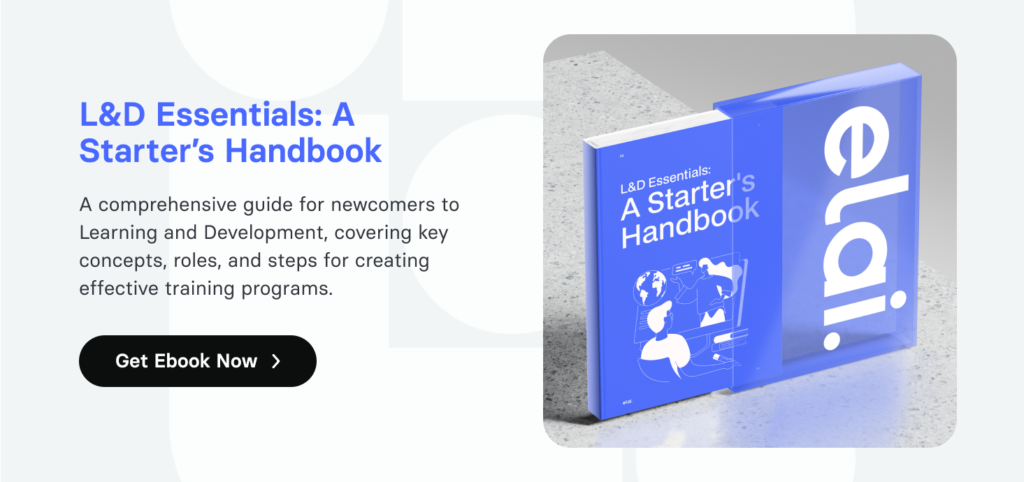In today’s workplace, it’s really important to make sure we cater to different ways people learn so that every employee feels supported and comfortable. ADHD brings its own mix of advantages and challenges when it comes to helping employees reach their full potential. Proper training designed specifically for such employees can help eliminate these obstacles. This article explores recommendations for training employees with ADHD to help them become valuable members of the organization.
ADHD’s Impact on the Workplace Environment
ADHD is a neurodevelopmental condition which key symptoms are characterized by inattention, hyperactivity, and impulsivity that significantly impact daily life. Therefore people with ADHD find it challenging to organize tasks, and/or to follow the instructions and usually have poor concentration. Hence, in the workplace, an individual may struggle with meeting deadlines, staying organized, and sitting at lengthy meetings. Nevertheless, it is crucial to realize that employees with ADHD have tremendous creativity, the ability to solve problems rapidly, and creative thinking. By fully supporting these characteristics and adding the needed scaffolding, employers can develop a more innovative and creative environment.

Tips for Tailoring Training Programs
- Create a system of flexible Learning Methods that can be adaptable for employees with different Learning Strategies. Utilize a mix of visual, auditory, and hands-on learning experiences. This approach caters to different learning preferences and helps maintain engagement. It’s important to structure learning materials in short, focused sessions. Break down training into shorter, more digestible modules. Frequent breaks can help maintain concentration and reduce overwhelm.
- Craft interactive and practical training. Here a great assistance to accomplish that can be utilisation of Role-Playing and Simulations. Engage employees with ADHD through interactive scenarios that mimic real-life situations. This hands-on approach can enhance understanding and retention. Lastly, encourage conducting immediate application of the new skills or knowledge in their work. Practical application reinforces learning and boosts confidence.
- Provide clear and structured instructions. ADHD employees perceive information best following step-by-step guidance. Offer detailed instructions for tasks and procedures. Visual aids such as flowcharts and checklists can be particularly helpful. It’s best to prepare instructions both in writing and verbally to accommodate different learning preferences and ensure clarity.
- Leverage technology to both set up an eLearning environment for accessible training and help employees manage their tasks and stay on track. Online training modules that allow for self-paced learning can be beneficial. Employees can review material as needed and progress at their own pace.

Creating a Supportive Environment
When we talk about inclusive learning environments in the workplace, the question is much broader, since learning is a part of the culture in general. The topic has several aspects, that are important to cover:
Individualized Support
- Mentorship Programs: Pair employees with ADHD with mentors who can provide guidance, feedback, and support. A mentor’s insight and wisdom can help navigate challenges and develop highly effective work strategies. These strategies may not always be straightforward but with patience and understanding, positive outcomes can emerge.
- Reasonable Accommodations: Offer flexible accommodations such as variable work hours tailored to individual needs. Quiet workspaces allow focus without distraction. Taking breaks as the mind and body require can recharge depleted energy levels. A diverse range of accommodations, thoughtfully considered for each person, can make previously insurmountable obstacles surmountable.
Open Communication
- Regular Check-Ins: Schedule periodic one-on-one meetings to discuss progress, any areas of difficulty encountered, and feedback on both. This caring attitude helps employees feel truly valued and empowered to achieve their best work.
- Encouragement and Positive Reinforcement: Celebrate, recognize, and praise all accomplishments, regardless of perceived size. Positive reinforcement strengthens morale and cultivates motivation. Small wins lead to great victories when supported by a supportive community focused on growth.
Training for Managers
- ADHD Awareness Training: Educate managers and supervisors about ADHD, its impact on the workplace, and effective management strategies. It’s crucial to understand that empathy from leadership can significantly enhance the work environment for employees with ADHD by increasing accommodation for neurological differences and most importantly – reducing stigma.
- Coaching Skills: Equip managers with coaching skills to support employees in setting goals, developing time management strategies, and overcoming obstacles. Managers should be taught a variety of coaching techniques to suit different employee needs, including both directive coaching when structure and accountability are needed as well as non-directive coaching when creativity and autonomy would better engage an employee. Regular coaching sessions and the development of learning plans can yield benefits for employees and their work.

Conclusion
While training employees with ADHD necessitates a considerate, adjusted approach acknowledging their distinctive tests, guiding workers to tap into innate talents offers prospects for all to contribute fully. Flexible, participatory, supportive lessons accommodate diversified studying, helping persons with ADHD and others blossom. By cultivating an environment welcoming multiple perspectives and expressions, organizations foster invention, reimagination, and energized exchange, strengthening competitive advantage. An inclusive culture where each member feels valued maximizes potential and enriches daily interactions, models that cultivate quality outcomes for all.

